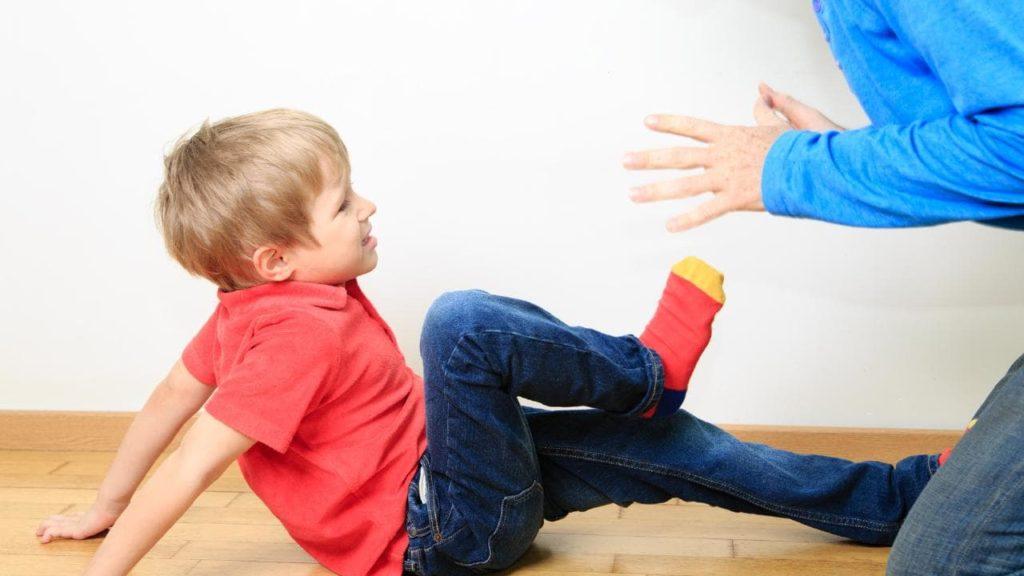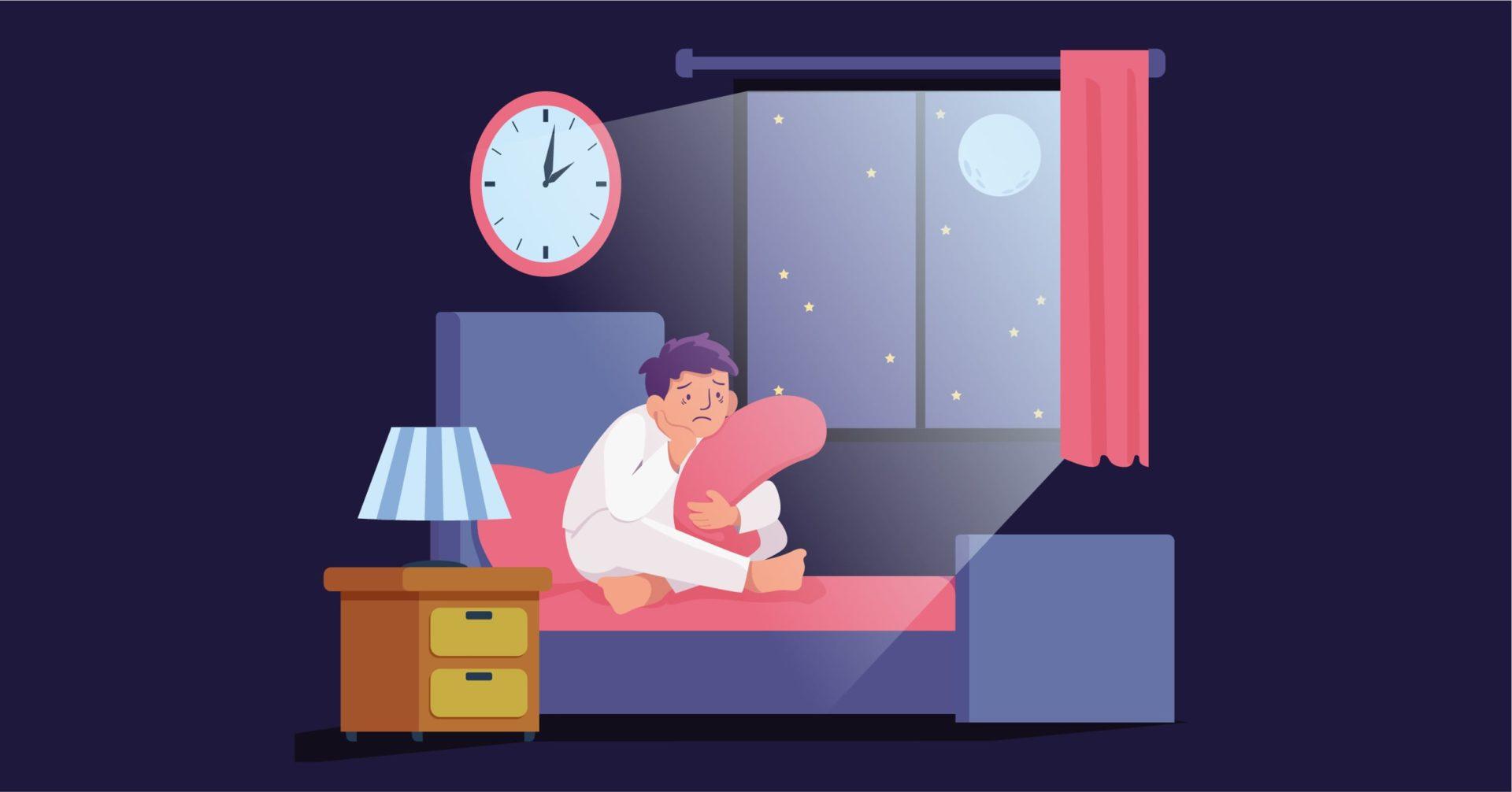Overview
Pedophilic disorder comprises sexual attraction to prepubescent children below the age of 13 years. The person may be expressive of their desires, act on their thoughts, fantasies or urges.
Some people feel guilty and ashamed about their urges but haven’t acted upon them.
Pedophilic sexual orientation is different from pedophilic disorder. When the urges, thoughts and fantasies do not result in psychosocial distress for the person nor do they act on these urges then they qualify for Pedophilic sexual orientation.
Several theories have been explored to identify a causal mechanism for Pedophilic Disorder. But there is little empirical evidence for the same.
Psychodynamic theory was one of the earlier approaches to studying pedophilia. It suggested that the adult is either fixated at a developmental stage at which he enjoys intimacy with children or regresses to that developmental stage when he is significantly stressed.
Psychologists have moved past this approach a long time ago.
Other approaches include the Cognitive Behaviour approach which takes up a perspective where beliefs and cognitive schemas are reinforced due to repeated experience.
When the adult holds beliefs such as “Children benefit from the adult and child sexual relationships.” they tend to misinterpret signs from the child as sexual interest.
For example, a child asking for a hug may be interpreted as an indication of sexual interest. However, empirical evidence for this type of approach still remains low.
The Abuser-Abuse model where the pedophilic individual themselves are a victim of childhood sexual abuse learn that such behaviour isn’t necessarily harmful and continue the behaviour.
However, this doesn’t explain why every individual who was sexually abused as a child developed pedophilic tendencies.
The recent approach has been to study neurological differences in the brain functioning of the persons with pedophilic disorder. It was found that there was excessive prenatal androgen exposure.
Brain abnormalities can be seen in the default mode of the network with smaller hippocampal and cortical volume in general. It was also seen that many patients with PD were psychiatrically comorbid for neurodevelopmental disorders such as ADHD and Autism Spectrum Disorder.
These results do not determine causality, however, the findings are helpful in directing the course of treatment.
Common Signs and Symptoms
Common Signs and Symptoms include sexual urges, thoughts or fantasies to engage in sexual behaviour with prepubescent children under the age of 13 years.
This behaviour may cause psychosocial distress in the form of discomfort, guilt, shame, feelings of isolation, sexual frustration, etc. In some adults, there is a lack of remorse.
The person has acted on these urges and fantasies with children causing intense trauma to the child.
Risk Factors
DSM-5 notes temperamental, environmental, genetic and physiological risk factors for Pedophilic Disorder.
Temperamentally, people with Pedophilic Disorders also suffer from other mood related psychiatric comorbidities.
Depression, dysthymia, social anxiety disorder, obsessive- compulsive disorder, etc. Antisocial Personality Disorder is also highly related to sexually offensive behaviour.
Adult males with Pedophilia also report being sexually abused in their childhoods. However, it doesn’t determine a causal relationship between the two.
High levels of prenatal androgen exposure may affect pedophilic tendencies. Neurodevelopmental mechanisms are also associated with the development of Pedophilic Disorder.
Diagnosis
Psychiatrists and psychologists are often approached by legal authorities for a diagnosis of pedophilic disorder. This diagnosis may be for legal purposes or for the sake of treatment. Self report cases are also common.
Assessment usually consists of a detailed history of the client’s sexual life, relationship with family, medical history, education, substance abuse, history of sexual, physical or psychological abuse, etc.
Old records, victim statements, juvenile offence records are also studied as a part of assessment.
Personality factors may be assessed using psychometric tools is also common. Psychopathology checklist is also considered and assessed before the diagnosis.
To be diagnosed with Pedophilic Disorder, following criteria must be met:
- Recurrent sexual urges, fantasies and erotic thoughts to engage in sexual behaviour with prepubescent children under the age of 13 years.
- The individual is at least 16 years of age and has acted upon their urges with individuals 5 years younger to them.
- It may or may not cause psychosocial distress to the individual’s daily life functioning.
Psychologists are to specify any other mental comorbidities affecting such behaviour. They are to specify if the sexual interest is limited only towards children or both- adults and children. They are to mention if the individual is only attracted to males, females or both.
Treatment
Treatment options for pedophilic disorders are many but few have empirical evidence suggesting efficacy. One of the most widely used treatments is that of Cognitive Behavior Therapy and relapse prevention.
CBT helps in identifying beliefs that perpetuate sexual interest and behaviour in children and interpreting simple signs into reciprocated sexual interest from the child.
CBT works on challenging and changing those beliefs and reinforcing appropriate sexual behaviour by the individual. However, relapse rates are quite high in this approach.
Relapse prevention focuses on identifying triggers and learning to manage them. However, very few differences have been found between treated and untreated individuals.
Psychopharmacotherapy includes administration of drugs which reduce testosterone production and lower sex drive. This doesn’t directly target sexual interest and may result in side effects such as gluten intolerance, weight gain, increased blood pressure, etc.
Selective Serotonin Reuptake Inhibitors are also recommended. SSRIs are known to reduce sexual obsession, improve mood symptoms and decrease impulsivity.
Aversion Therapy may also be used to treat Pedophilic Disorder. It’s a part of positive punishment therapy. Patients are asked to carry a bottle of ammonia mixture.
They have to inhale this mixture every time they get the urge. There is an intense pain reaction which ensures the dispelling of the urge to expose oneself. This painful reaction is learned.
A therapist may pair a sexually arousing stimulus, for e.g. a picture of a young prepubescent child with something aversive such as the foul odor of the ammonia mixture.
The individual then starts to associate the inappropriate behaviour with the foul odor, reducing the urge to engage in such a behaviour.
Although there are plenty of treatment options, lack of proper understanding of causal mechanisms of Pedophilic Disorder makes it hard to come up with an efficacious treatment model making it one of the most difficult and harmful disorders to treat.
Differential Diagnosis
1. Antisocial personality disorder: This disorder increases the likelihood that a person who is attracted to the mature physique will approach a child, on one or a few occasions, on the basis of relative availability. The individual often shows other signs of this personality disorder, such as recurrent law-breaking.
2. Alcohol and substance use disorders: The disinhibiting effects of intoxication may also increase the likelihood that a person who is primarily attracted to the mature physique will sexually approach a child.
3. Obsessive-compulsive disorder: There are occasional individuals who complain about ego-dystonic thoughts and worries about possible attraction to children. Clinical interviewing usually reveals an absence of sexual thoughts about children during high states of sexual arousal and sometimes additional ego-dystonic, intrusive sexual ideas.
Comorbidity
Psychiatric comorbidity of pedophilic disorder includes substance use disorders; depressive, bipolar, and anxiety disorders; antisocial personality disorder; and other paraphilic disorders.
Specialists
Psychiatrists are often approached for medication while Psychologists help with psychotherapy.





